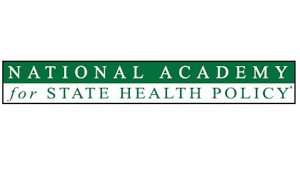
The safety net provides crucial access points for vulnerable and low-income populations in need of dental services, including Medicaid and Children’s Health Insurance Program (CHIP) enrollees; however, large unmet need for dental services persists among these populations. Not only would increased access to dental services benefit patients, but also the opportunity to provide more preventive dental services could aid in lowering overall healthcare costs by reducing unnecessary related emergency department utilization. Faced with limited resources and many competing demands, states are challenged to expand dental coverage; this presents a ripe opportunity for Medicaid agencies and safety net providers to work collaboratively to find alternative ways to improve access to dental services for these populations.
Through a cooperative agreement with the Health Resources and Services Administration (HRSA), the National Academy for State Health Policy (NASHP) has developed this resource as a primer for Medicaid directors and other Medicaid leadership on the role HRSA-supported safety net providers play in providing oral health care to Medicaid enrollees and other low-income and vulnerable populations. This primer describes the types of services provided and the funding mechanisms that support three types of safety net providers:

